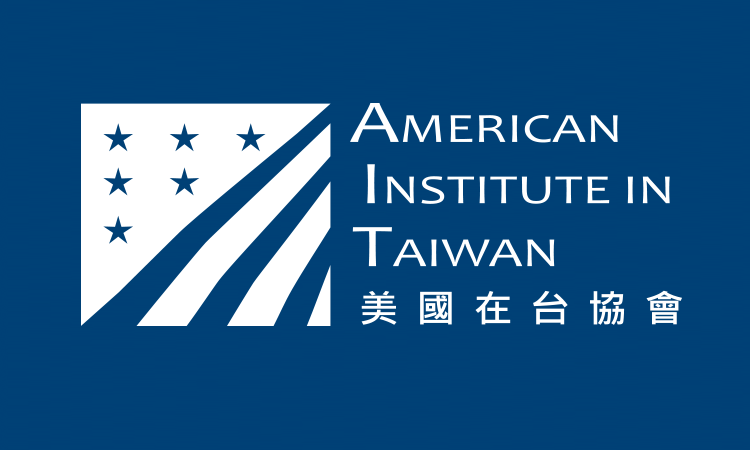Remarks by AIT Director Christopher J. Marut, 2012 Sustainable Development Conference: Pathways to a Better Future
Date: 10/8/2012 | (As Prepared for Delivery)
AIT Official Text #: OT-1210E
Vice Minister of Economic Affairs Cho, AmCham Vice Chairman Pacey, CTICI Foundation Chairman Pan, distinguished guests, ladies and gentlemen, I am very pleased to be a part of the opening for the 2012 Sustainable Development Conference: Pathways to a Better Future. I would like to extend my thanks to our conference co-hosts: Taiwan’s Bureau of Energy, Taiwan’s Environmental Protection Administration, and the American Chamber of Commerce in Taipei. Today’s conference would not have been possible without your valuable support and contributions.
Sustainability is a critical aspect of any discussion of economic development policy. Creating economic growth and jobs are the top priorities of every administration. In doing so, we must build prosperity in ways that will not only not damage our environment, but hopefully in ways that will actually improve the environment. Every day we read about diverse challenges to our environment that pose a risk to global well-being, particularly the threats posed by climate change. We cannot afford to ignore these risks; they will not go away. Instead, as scientific experts advise, there is much that we can do to address these problems.
In fact, we already have an impressive record of success. Anyone in this audience who is from the same generation as mine can point to examples in both the United States and Taiwan where the air is clearer and rivers are cleaner compared to forty years ago. Before 1970, the United States did not even have an Environmental Protection Agency. Today, of course, both the United States and Taiwan have an EPA and more stringent laws and policies to protect our environment. The United States and Taiwan have a record of cooperation that has gone on now for two decades.
The more we can coordinate and collaborate on our individual efforts to deal with these truly global issues, the more likely we will succeed. Efforts on a micro level, multiplied hundreds, thousands, or indeed millions of times can — and do — produce major improvements at the macro level. Effective global action now will substantially lower the risk of a future crisis.
Today, our most forward-thinking and innovative companies are commercializing the most promising results of scientific research and technological development. These actions are sowing the seeds for a second industrial revolution. The new industrial revolution will be driven by sustainable energy and a fundamental shift in the way we use energy. In the United States we are actively working to spark this revolution. Since 2008 we have doubled the amount of energy that comes from renewable resources, and we have now reclaimed from China the title as the world’s leader in clean energy investment. Global competition to be at the forefront of these technologies is fierce. Many examples of what companies are doing to take advantage of this movement are here at the Taiwan International Green Industry Show that will be held during the next four days.
One of the items on today’s agenda promotes “green buildings,” I am pleased to note that at the American Institute in Taiwan we are firmly invested in this philosophy. Our new office compound under construction in the Neihu section of Taipei will have several of the most modern green features in contemporary construction. When completed in 2015, our new energy efficient 15,000 square meter Office Building will pursue a silver or higher certification in the world-recognized U.S. Green Building Council standard for Leadership in Energy and Environmental design (LEED). We will maintain much of the existing native vegetation while increasing the total amount of landscaped area at a location that was formerly a driving school. Our urban site will use innovative rain water harvesting strategies, and will have one of the largest photovoltaic arrays in Taipei City, generating 300KW of solar power. The new building will also use LED perimeter lighting. Even the elevators will be cutting edge — new next-generation mechanisms that are gearless and extremely energy efficient. These elevators can even generate electricity in certain modes of operation.
Today, you will hear from subject-matter experts, public leaders, and private sector businesspeople who are at the forefront of developing and implementing solutions to ensure sustainable development. The conversations you will hear and engage in at this conference are taking place around the world. As we seek to develop more sustainable technologies, I encourage everyone here take personal responsibility to act and to contribute to the protection of our environment. Working together, we can truly build pathways to a better, cleaner future.
Thank you!
















![Video Thumbnail [Recovered]-01](../wp-content/uploads/sites/269/Video-Thumbnail-Recovered-01-1-750x450.jpg)



